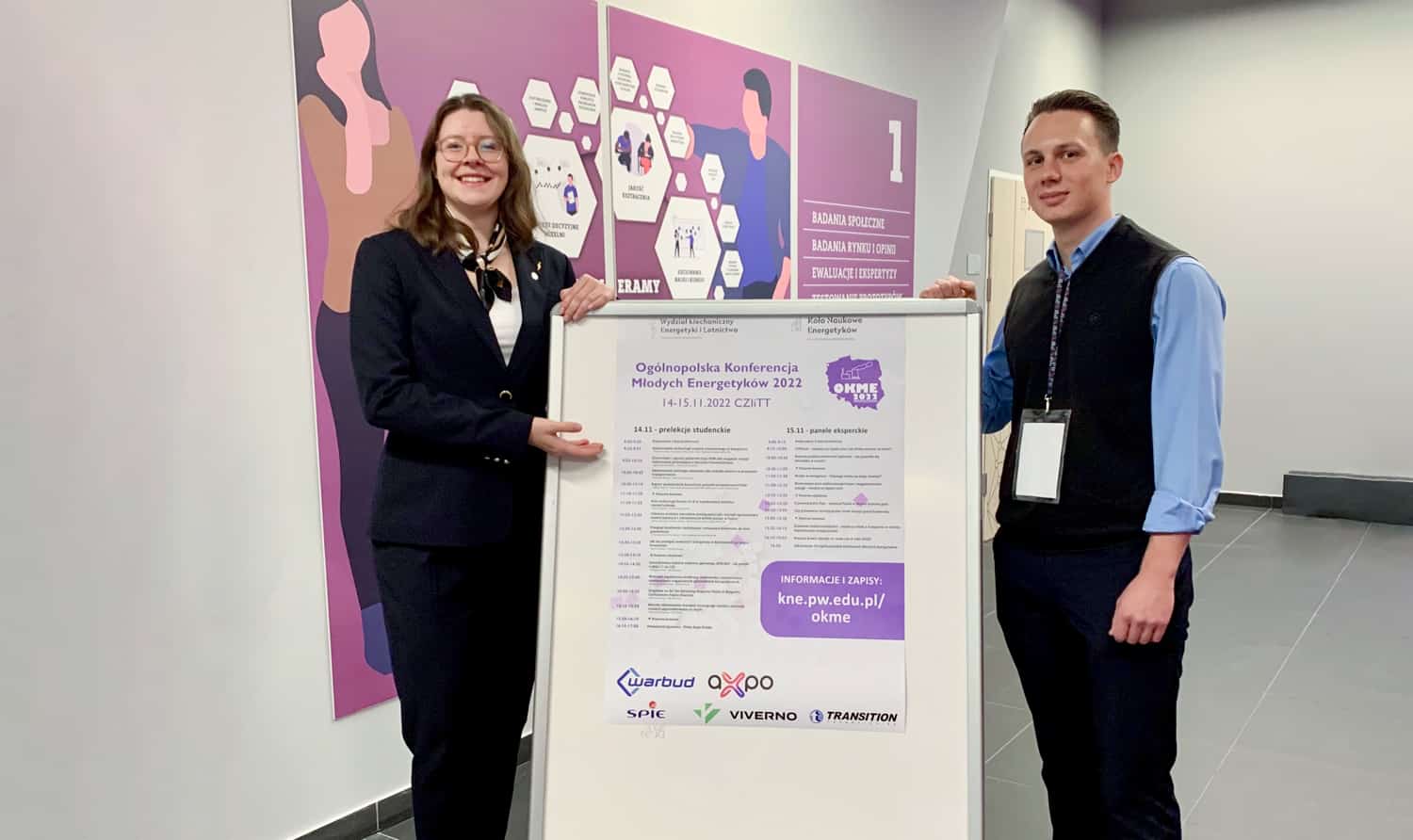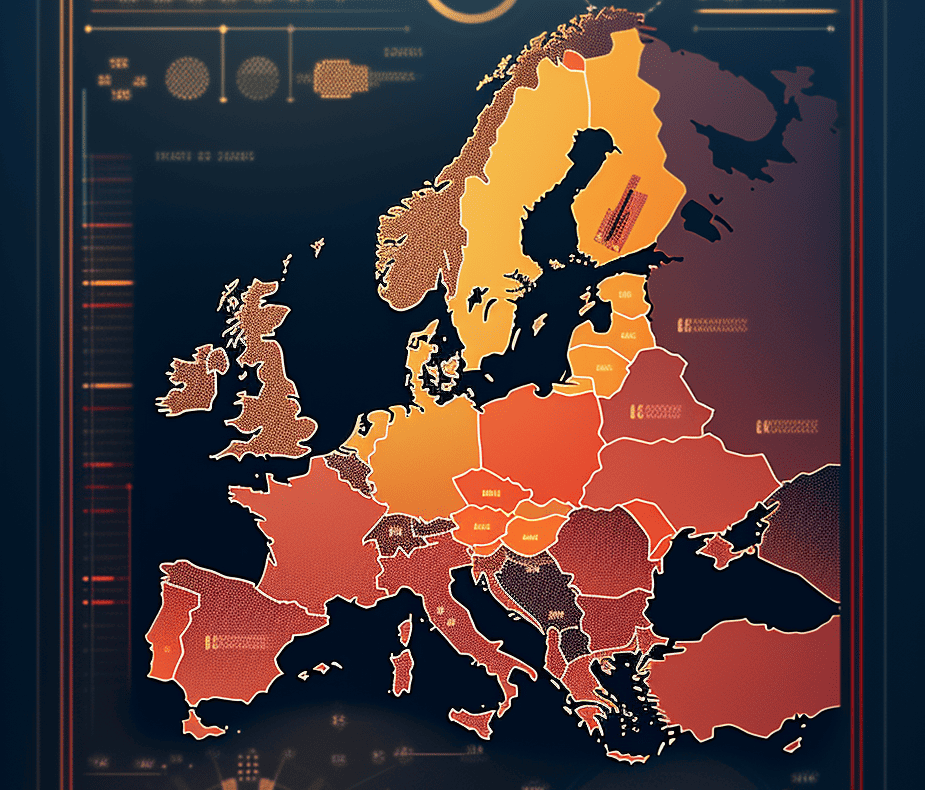
Two students from the Technology University of Warsaw (WUT) developed a microgrid powered by renewable energy sources only. Such a solution could provide energy self-sufficiency for buildings and even for cities, writes the university in a press release.
The WUT team – composed of Teodor Sawicki and Katarzyna Połczyńska – first built a model for a production park and then tried to rescale it for Warsaw. The students calculated that on average the capital uses 147 thousand MWh a month. For the Warsaw microgrid to be independent of the rest of Poland, it would have to be equipped with wind farms of power of about 500 MW and ca. 500 MW PV installations.
“We calculated this on the basis of a simulation we developed – of wind power and PV power stations, using historical weather data, such as wind speed and sun hours,” says Sawicki.
Towards climate neutrality
After the test at the University, Sawicki and Połczyńska want to develop their project. They emphasize that now this is concept work but they are convinced that it may bring about tangible results.
“Thanks to such models, we can decarbonize small parts of our power system, starting with University campuses and small groups of buildings, and ending with city districts and whole agglomerations,” Sawicki said. “This is the best way to complete the goal of Poland’s climate neutrality in 2050.”
Urban microgrids
So is there a need to implement such a system in Warsaw? “This project would require the construction of wind farms of the area of ca. 2.5 thousand hectares over an area 20 times smaller than the area of Warsaw,” lists Sawicki. “Just securing such powers is a challenge since this is an area of circa 5 thousand football fields. Moreover, we need energy storage that controls the demand and the generating power of renewable energy sources required for the capital exceeds the existing power, so there are many years of work ahead of us.”
In urban conditions, it will also be a challenge to find an area suitable for the construction of the installation. Here technologies of the future may be of help. Wind turbines installed on buildings, automatic reduction of recipients’ demand, or a better forecast of production and consumption.
Microgrids’ impact
The development of independent low-voltage distribution networks, i.e., microgrids, is a response to the challenges related to the further development of renewable energy sources (RES), which start to be installed at end recipients’ premises in greater numbers. This could solve the problem of the lack of modernization of transmission networks and the overload caused by that.
“Thanks to microgrids, more dispersed RES sources may be developed and energy will be used where it is generated,” explains Połczyńska. “This will make the electricity generation process more flexible, it will not have to be distributed all over Poland.”
Selected for you!
Innovation Origins is the European platform for innovation news. In addition to the many reports from our own editors in 15 European countries, we select the most important press releases from reliable sources. This way you can stay up to date on what is happening in the world of innovation. Are you or do you know an organization that should not be missing from our list of selected sources? Then report to our editorial team.







